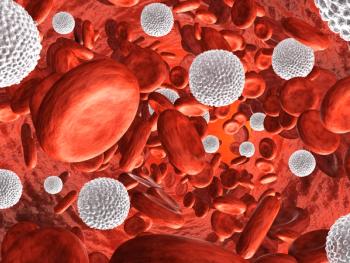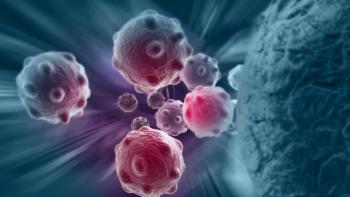
Is Breast Cancer Gene-Expression Profiling Cost-Effective in Community Practice?
Using gene expression profile tests like Oncotype DX to inform treatment decision-making for breast cancer is likely to be less cost-effective in community oncology practice than previous estimates had suggested.
Using gene expression profile (GEP) tests like Oncotype DX to inform treatment decision-making for breast cancer is likely to be less cost-effective in community oncology practice than previous estimates had suggested, according to an economic simulation analysis
GEP testing is recommended for patients with early-stage, node-negative, estrogen receptor (ER)–positive, human epidermal growth factor 2 (HER2)–negative cancers.
“The primary goal of GEP testing is to identify patients at high recurrence risk who will benefit from chemotherapy, while allowing patients with a low recurrence risk to forego chemotherapy, potentially offsetting the test costs with savings from reductions in chemotherapy use,” wrote authors led by Young Chandler, PhD, of the Georgetown Lombardi Comprehensive Cancer Center in Washington, DC.
The authors built a statistical simulation model to estimate the 25-year incremental costs per quality-adjusted life-year (QALY) for Oncotype DX testing in order to evaluate the cost-effectiveness of GEP testing among patients with early-stage ER-positive/HER2-negative breast cancer treated in community oncology practices.
The researchers compared Oncotype DX use and costs from 2005–2012 with costs from 2000–2004 (before regular GEP testing) using data from Kaiser Permanente Northern California’s electronic records-which link tumor registry data, treatment details, and GEP testing records-and national data from the National Cancer Institute. No national community oncology data source exists with registry information, GEP testing results, and complete chemotherapy data.
The model also included data for GEP test accuracy, the effectiveness of chemotherapy, patient recurrence and survival rates, and costs to patients and Medicare.
Compared to usual care without testing, the cost-effectiveness ratio for GEP testing vs usual care was $188,125 per QALY. The cost-effectiveness ratio declined sharply (to $58,431 per QALY) when the authors accounted for the effects of test results on patient worry vs reassurance. The authors assumed that over the first 2 years following a diagnosis, “patients with low-risk scores gained 0.05 QALY as a result of a decrease in worry,” compared with a “0.05 reduction in QALYs as a result of increased worry about recurrence” for those with high-risk scores.
Previously reported cost-effectiveness estimates ($39,496 per QALY) had assumed “ideal conditions,” including dramatic GEP testing-associated declines in chemotherapy use, the authors noted.
“Although Oncotype DX testing has high costs relative to its benefits as deployed in community practice, realistic variations in assumptions about key variables could result in testing having cost-effectiveness ratios in the range of other generally accepted interventions,” the authors cautioned. Such variables included lower test costs, higher accuracy, and greater adherence to test-suggested treatment.
“Not all patients who were tested followed the test-suggested decision about chemotherapy,” they wrote. Up to 26% of patients with high Oncotype DX recurrence risk scores do not receive chemotherapy and 8% of those with low recurrence risk scores do receive chemotherapy. Only 24% of test-eligible patients underwent Oncotype DX GEP testing at all, the authors reported.
“We examined Oncotype DX in this study, but there are several other GEP tests being promoted for clinical use,” the authors noted. “Consequently, it is possible that market forces will decrease future GEP test costs.”
Newsletter
Stay up to date on recent advances in the multidisciplinary approach to cancer.

















































































